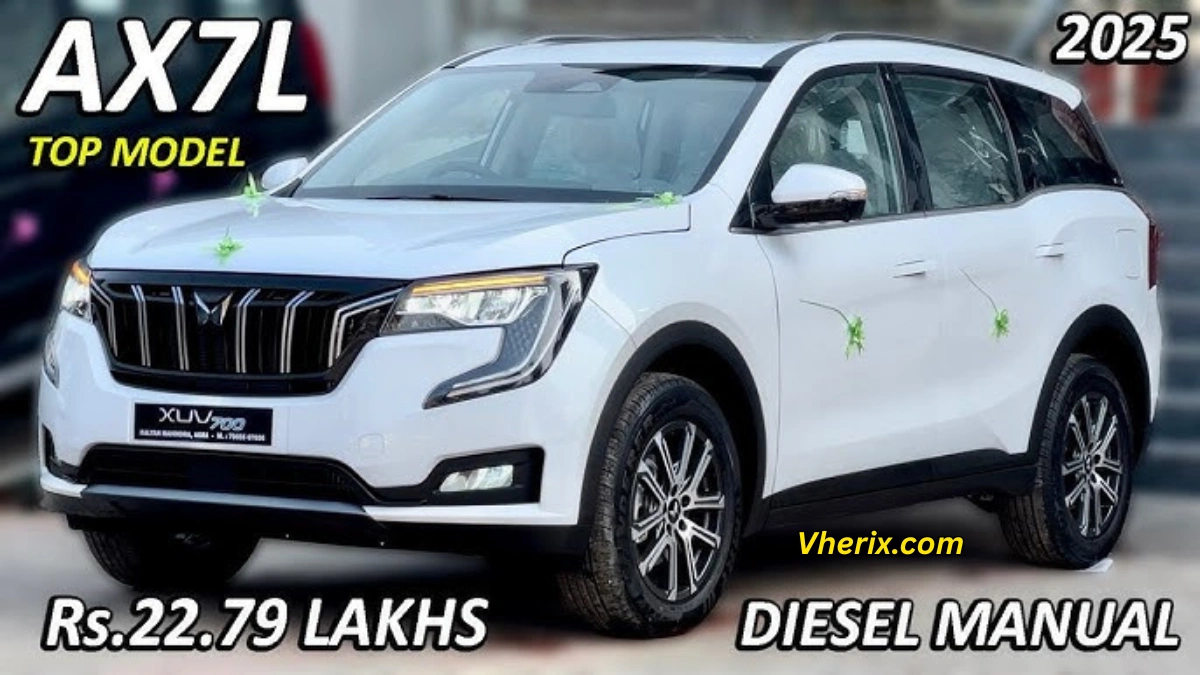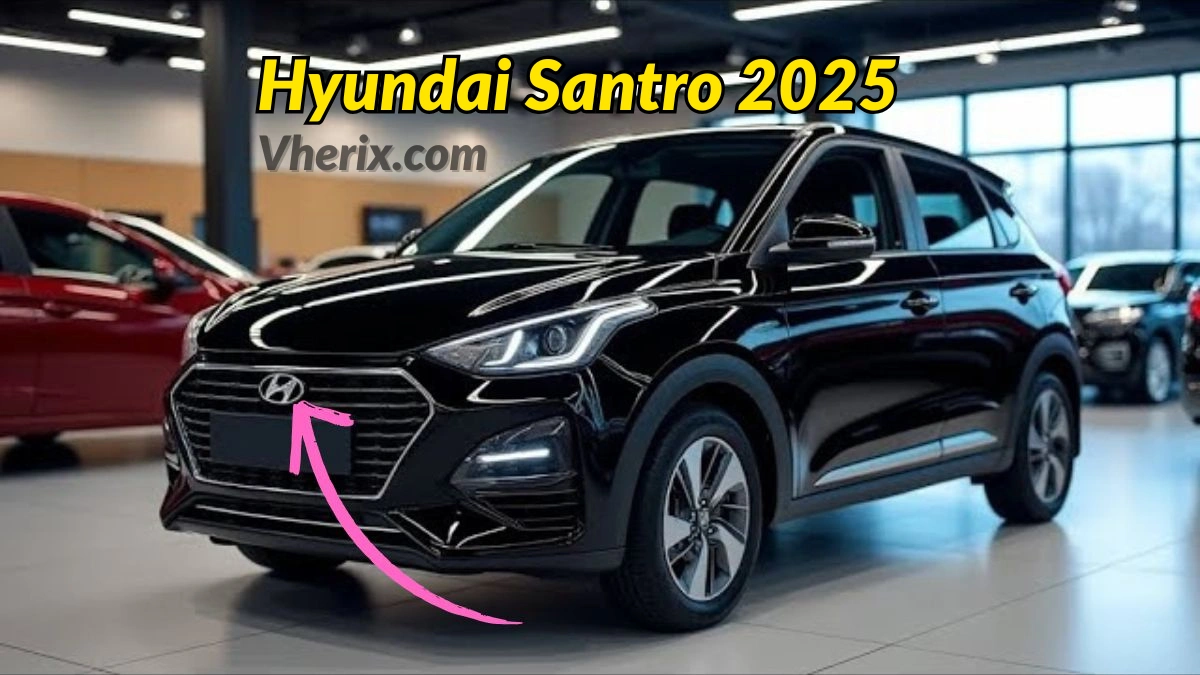Understanding Agile Rates in Auto Insurance
In the ever-evolving world of auto insurance, one term that is gaining traction is “agile rates.” But what exactly does this mean, and how does it affect you as a driver? In this article, we’ll break down the concept of agile rates in auto insurance, explore how they work, and discuss their implications for drivers and insurers alike.
What Are Agile Rates Auto Insurance?

Agile rates in auto insurance refer to a dynamic pricing model where premiums are adjusted more frequently based on real-time data and individual driver behavior. This approach contrasts with traditional insurance models, where rates are typically set annually based on historical data and general risk categories.
The Evolution of Insurance Pricing
Traditionally, insurance companies set rates using broad categories such as age, gender, driving history, and location. While these factors are still considered, agile rates utilize technology to assess risk more accurately and fairly. With the rise of telematics and big data analytics, insurers can now gather real-time information about driving habits, allowing them to fine-tune premiums more precisely.
How Agile Rates Work
Agile auto insurance relies on technology to collect and analyze data about driving behavior. This data is typically gathered through devices like telematics installed in vehicles or mobile apps. Here’s a closer look at how this process unfolds:
Data Collection
Telematics devices or smartphone apps track various aspects of driving behavior, such as speed, braking patterns, mileage, and even the time of day when the vehicle is driven. This data is sent to the insurer, who uses it to assess the risk profile of the driver.
Real-Time Analysis
The collected data is analyzed in real time to determine if the driver’s behavior suggests a higher or lower risk. For example, a driver who consistently maintains safe speeds and avoids hard braking is likely to be considered lower risk, potentially leading to reduced premiums.
Frequent Rate Adjustments
Based on the analysis, insurers adjust premiums more frequently than traditional models, sometimes even on a monthly basis. This ensures that rates reflect the current risk profile of the driver, making pricing more personalized and potentially more cost-effective.
Benefits of Agile Rates for Drivers
The shift towards agile rates in auto insurance offers several potential benefits for drivers:
Fairer Pricing
By considering individual driving habits, agile rates aim to provide a fairer pricing model. Safe drivers can be rewarded with lower premiums, while riskier drivers may face higher costs, encouraging safer driving behavior across the board.
Immediate Feedback
With agile rates, drivers receive immediate feedback on how their driving habits impact their premiums. This can promote better driving practices and help drivers save money by adjusting their behavior accordingly.
Flexibility
Agile rates offer greater flexibility compared to traditional insurance models. As driving habits change, so do the premiums, allowing for more accurate and up-to-date pricing that reflects current circumstances.
Challenges and Considerations
While agile rates offer numerous benefits, there are also challenges and considerations to keep in mind:
Privacy Concerns
The use of telematics and data collection raises privacy concerns for some drivers. It’s important for insurers to be transparent about what data is collected and how it’s used, ensuring that drivers feel comfortable with the process.
Data Accuracy
Accurate data collection is crucial for agile rates to work effectively. Any errors or inaccuracies in data collection can lead to incorrect risk assessments and unfair pricing.
Know More About Latest : RBFCU Auto Insurance Reviews
Potential for Higher Costs
For drivers with riskier driving habits, agile rates could result in higher premiums. It’s essential for drivers to understand how their behavior impacts their rates and make informed decisions accordingly.
Agile Rates vs. Traditional Insurance Models
Agile rates represent a significant departure from traditional insurance models. Here’s a comparison of the two approaches:
Traditional Insurance Models
- Annual Rate Setting: Rates are typically set annually based on broad risk categories.
- Limited Personalization: Pricing is less personalized and may not accurately reflect individual risk levels.
- Less Frequent Adjustments: Rates remain unchanged for the policy term, regardless of changes in driving behavior.
Agile Insurance Models
- Frequent Rate Adjustments: Rates are adjusted frequently based on real-time data.
- Highly Personalized: Pricing reflects individual driving habits and risk levels.
- Encourages Safe Driving: Drivers are incentivized to maintain safe driving practices to benefit from lower premiums.
Is Agile Auto Insurance Right for You?
Deciding whether agile auto insurance is right for you depends on several factors, including your driving habits, comfort with data collection, and preference for personalized pricing.
Ideal Candidates for Agile Rates
- Safe Drivers: Those with safe driving habits stand to benefit from potentially lower premiums.
- Tech-Savvy Individuals: Drivers comfortable with technology and data collection may find agile rates appealing.
- Those Seeking Flexibility: If you value flexible pricing that adapts to your driving habits, agile rates could be a good fit.
Conclusion
Agile rates in auto insurance represent an innovative approach to pricing, offering a more personalized and potentially fairer model for drivers. By utilizing real-time data and technology, insurers can provide more accurate risk assessments, benefiting both drivers and the industry as a whole. As with any insurance decision, it’s essential to weigh the benefits and challenges carefully to determine if agile auto insurance aligns with your needs and preferences.
Agile rates are poised to reshape the future of auto insurance, making it more responsive, personalized, and dynamic than ever before. As this trend continues to gain momentum, staying informed about its implications will empower you to make the best choices for your auto insurance needs.
Disclaimer
The information provided in this blog post is for general informational purposes only and does not constitute professional insurance or financial advice. The content is based on publicly available information and general industry knowledge as of [ June 16, 2025]. Agile rates and related insurance products may vary by provider, region, and individual circumstances. Readers are encouraged to consult with a licensed insurance professional or contact their insurance provider for personalized advice and to verify the accuracy of the information presented. The author and publisher are not responsible for any actions taken based on the information in this blog, nor for any errors, omissions, or changes in insurance policies or practices that may occur after publication












1 thought on “Agile Rates Auto Insurance Review: Dynamic Pricing Explained”